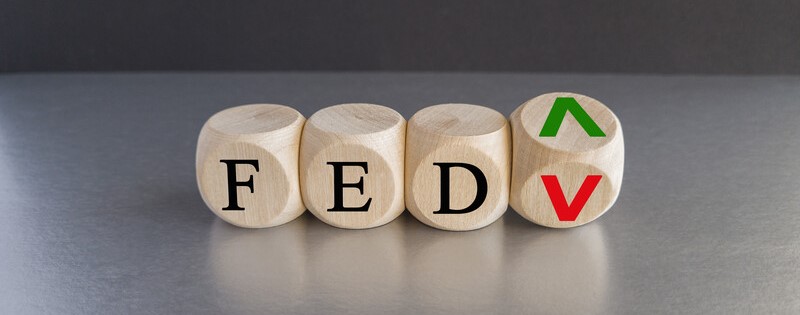The United States is entering a new economic era as the Federal Reserve has been hiking its benchmark interest rate.
Interest rates today stand above 5% as the Fed tries to slow the economy down and fight inflation. As interest rates climb, economists say financial conditions are headed back to being more normal.
“Having interest rates at zero for such a long period of time is very unusual,” said Roger Ferguson, a former vice chair at the Federal Reserve. “Frankly, no one ever thought we’d get to that place.”
Back-to-back financial crises gave past Fed policymakers the conviction to take interest rates as low as they can go, and keep them there for extended periods of time. Along the way, they disrupted the basic math of personal finance and business in America.
For example, the Fed’s unconventional policies helped to sink the profits investors received from safe bets. Government bonds, Treasury securities and savings accounts all return very little yield when interest rates are low. At the same time, low interest rates increase the value of stocks, homes and Wall Street firms that make money by taking on debt.
As the Fed hikes interest rates, safer bets could end up paying off. But old bets could turn sour, particularly those financed with variable loans that increase alongside the interest rate. A wave of corporate bankruptcies is rippling through the U.S. as a result.
“You’re, to some extent, limiting nonproductive investments that would not necessarily generate revenue in this high interest rate environment,” said Gregory Daco, chief economist at EY-Parthenon. “It’s very different in a low interest rate environment where money is free and essentially any type of investment is really worth it because the cost of capital is close to zero.”
In recent years, economists have debated the merits of zero lower-bound policy. As the Fed lifts that federal funds rate, policymakers warn that rates may stay high for some time. That could even be the case if inflation continues to subside.
“Barring a catastrophe, I don’t think we’ll see lower interest rates any time soon,” said Mark Hamrick, Washington bureau chief at Bankrate.com.
To view CNBC‘s ‘How The Federal Reserve’s Interest Rate Hike Are Reshaping The U.S. Economy‘, click the arrow below:
Source: CNBC


